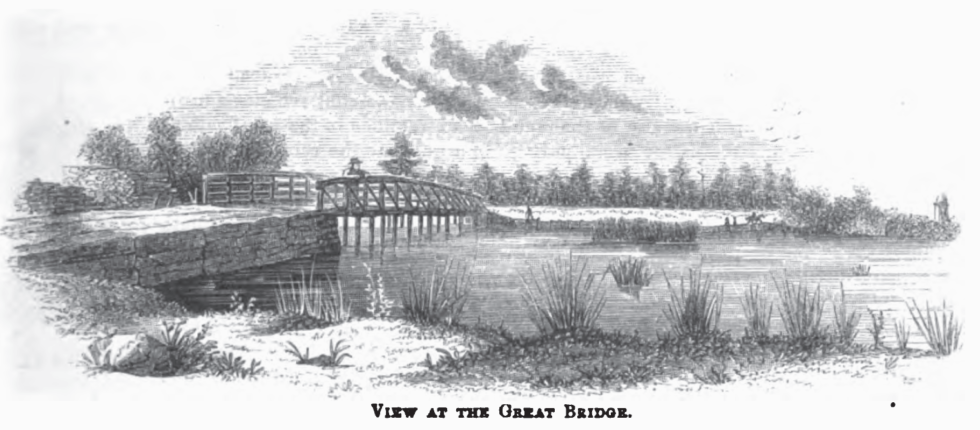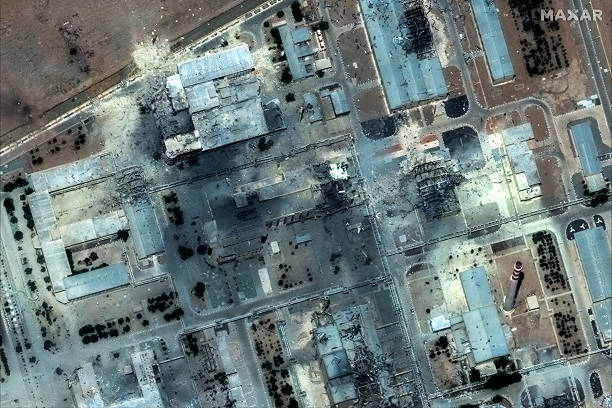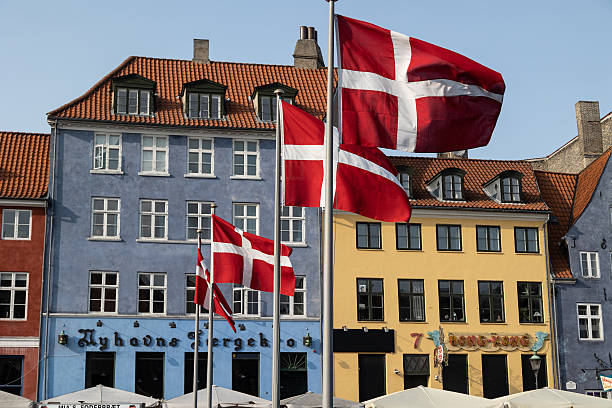Freedom for Loyalty: the farce of Great Bridge
The Battle of Great Bridge is a relatively unknown, and yet essential, part of the history of the American Revolution.

Great Bridge was the site of the first known implementation of an entirely-black regiment of soldiers. The group was comprised of slaves who were gathered from all across Virginia, and told that they would receive freedom if they fought for the Crown.
The all-black regiment was termed the Ethiopian Regiment by Virginia’s Royal Governor, John Murray 4th Earl of Dunmore. The men were tasked with assisting Dunmore in “more speedily reducing this Colony to a proper Sense of their Duty.”
Armed with the potential of liberty, the Ethiopian Regiment tagged alongside a variety of Loyalist troops and aimed their sights at squashing the local rebels.
The battle itself took place in the swamps that stretch along the Elizabeth River, in what is now known as Chesapeake, Virginia.
Leading up to the clash, revolutionary soldiers rushed with muddy steps in order to meet British troops subsumed under the command of Lord Dunmore.
Lord Dunmore was aiming for a large store of gunpowder located in Williamsburg, Virginia. And once word traveled of his plans, militiamen from surrounding counties, such as Norfolk, were prompted to converge on the surrounding areas.
One of these areas just happened to be Great Bridge, a somewhat unremarkable bog that provided terrain ripe for fortification.
After the troops from both sides had collided for two days on opposing sides of the river, the light skirmishes transformed into a battle. The British troops also acted as brazen as ever by choosing to compartmentalize their strategy, firing according to platoons.
This strategic, and yet expected, misstep allowed the unison of the American troops to overcome their strategy with sweeping volleys, and ultimately prove the British advance futile.
After truncating the slow-advancing lines of Tories and the supporting Ethiopian regiment, British leader, Captain Charles Fordice, was among the dead littering the causeway.
However, the battle only lasted about an hour, and ended brutally for the Tories. The fighting ended with 103 casualties in total, only one of which was an American militiaman.







Conversation